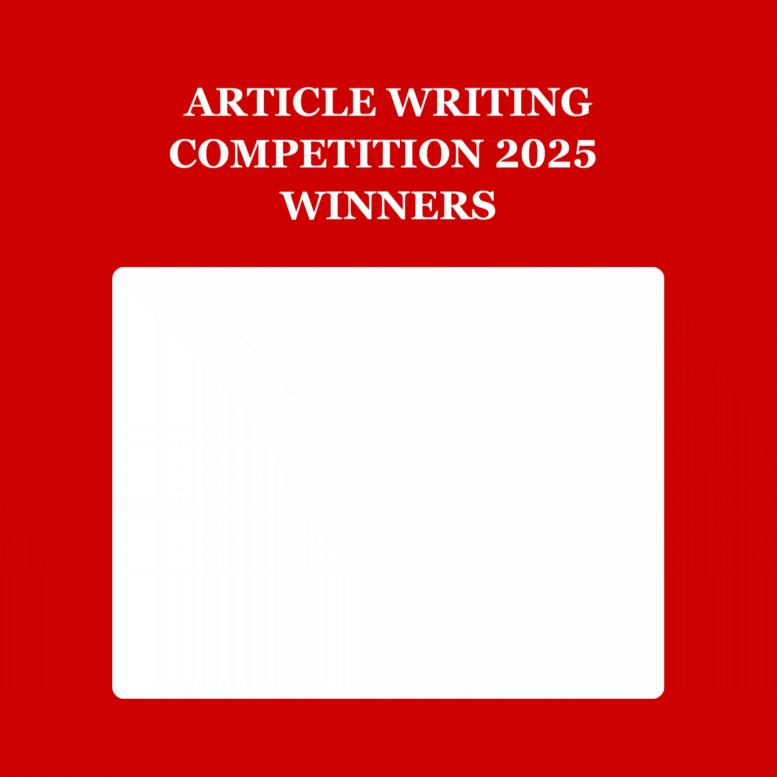Not only was the attack in Pahalgam in April 2025 a terrible human disaster, with 26 deaths, but it also led to a much bigger problem between India and Pakistan. Still, what made the crisis especially scary was not just the military intervention, but also the subtle war carried out online, where social media turned into a method to affect debates, cause anger and complicate diplomatic efforts.
After the Pahalgam attack, the Indian government carried out military actions against sites in Pakistan-occupied Kashmir, saying these were terrorist centers. These missile strikes damaged homes, killed civilians, forced many people to leave their homes and spread fear across the Line of Control (LoC), as reported by The Washington Post. After the attack, Pakistan said it attacked military targets in India and denied causing any civilian harm.
What was unfamiliar and profoundly destabilizing was the role of social media in shaping and accelerating the public and political reactions to these events
While these developments followed a familiar pattern of tit-for-tat military actions, what was unfamiliar and profoundly destabilizing was the role of social media in shaping and accelerating the public and political reactions to these events.
Within a short time after the Pahalgam incident, many social media outlets were filled with posts making counterclaims. People flooded social media in Pakistan with AI videos, altered photos and hashtags #FalseFlag and #PahalgamDramaExposed. The tales circulated on social media implied—unsupported by real evidence—that the attack was made to help India start a war with Pakistan. Indian users responded with harsh statements which led to a digital conflict of ideas.
In a tourist clip, a dancing couple was shown as alleged victims and the video was said to prove the footage was fake
Among the trending content were false videos that were said to show the victims shortly before the attack took place. In a tourist clip, a dancing couple was shown as alleged victims and the video was said to prove the footage was fake. Even though those in the video spoke up, the false news had caused many to be confused and suspicious.
In an age of instantaneous sharing, the line between truth and propaganda was erased almost entirely.
The region under Indian administration put in place curfews, detained virtually everyone in custody and blocked communication in some sections
The attack resulted in increased tension which prompted both governments to limit many civil liberties. The region under Indian administration put in place curfews, detained virtually everyone in custody and blocked communication in some sections. Discouragement of contradictory views and unjust arrests were issues that human rights observers had concerns about.
Many civilians suffered the most from retaliatory strikes on the Pakistani side of the LoC. The Guardian and The Washington Post revealed that, due to the extended conflict, groups in Pakistan had to leave their homes since they feared that the situation may worsen. Part of the influence on these actions came from the strong desire by the public to respond, even though their basis was often inaccurate news. This put ordinary civilians at the center of a growing problem with their safety.
Perhaps the most significant—and alarming—takeaway from the Pahalgam conflict is the demonstration that social media is no longer just a communication tool; it is a battlefield
Perhaps the most significant—and alarming—takeaway from the Pahalgam conflict is the demonstration that social media is no longer just a communication tool; it is a battlefield. What once served as a platform for citizen journalism and freedom of expression is now being co-opted into a tool of psychological and informational warfare.
This conflict showcased several patterns:
1.Narrative Control as Strategy: Leaders and activists from different nations purposely spread their narratives online in mass campaigns meant to sway both their domestic and international audiences.
- AI and Deepfakes further complicated the situation, as they allow for false videos and images. Technology is moving forward faster than our regulations and ethics can keep up.
- Because of outrage caused by misinformation, politicians had to react strongly which made it more difficult for them to be cautious in their diplomacy.
Today’s digital world allows regional conflicts to go beyond borders
The consequences of the Pahalgam conflict reach outside South Asia. Today’s digital world allows regional conflicts to go beyond borders. Illegal information can make its way around the globe in minutes, affect opinions abroad and affect global media reports.
In the same way, the Pahalgam incident gives us a glimpse into what future wars might involve, as hybrid warfare now includes traditional arms along with spread of propaganda, influence operations using AI and large-scale disinformation.
If not controlled, these digital threats can quickly increase a local problem into a regional or international issue
After the Pahalgam attack, it was shown how digital media can be used in armed conflicts. Weaponizing social media makes it a powerful tool to cause unease, increase hatred and increase the chances of conflict. If not controlled, these digital threats can quickly increase a local problem into a regional or international issue.
Time is of the essence, so action is needed by governments, international bodies and tech organizations. We should do our best to:
Develop collaborations between fact-checking organizations from various countries,
Help the public become aware of digital literacy skills,
Control the sharing of deepfake and AI-generated content in areas affected by conflict.
And develop globally accepted rules on how states should act in the information sector.
We must let the Pahalgam tragedy remind us of the dangers of war and inspire improvements to the way the international community reacts to new developments in the way wars are fought. How we protect the truth now might greatly affect the future of peace.


